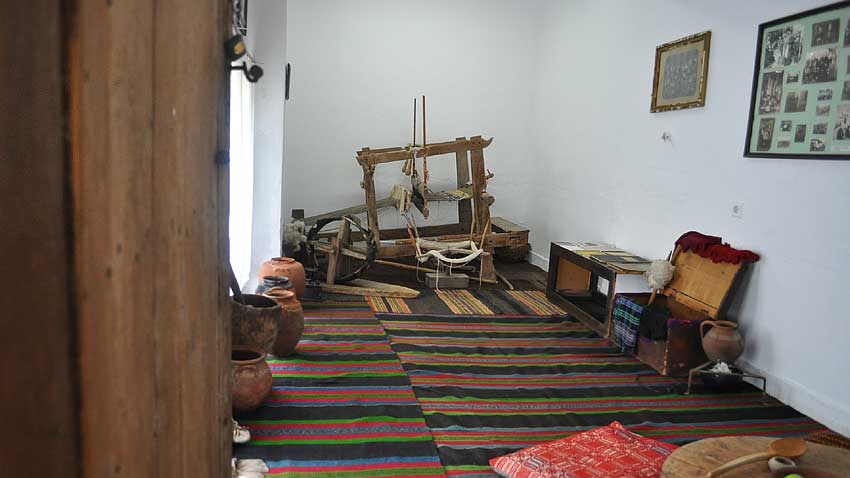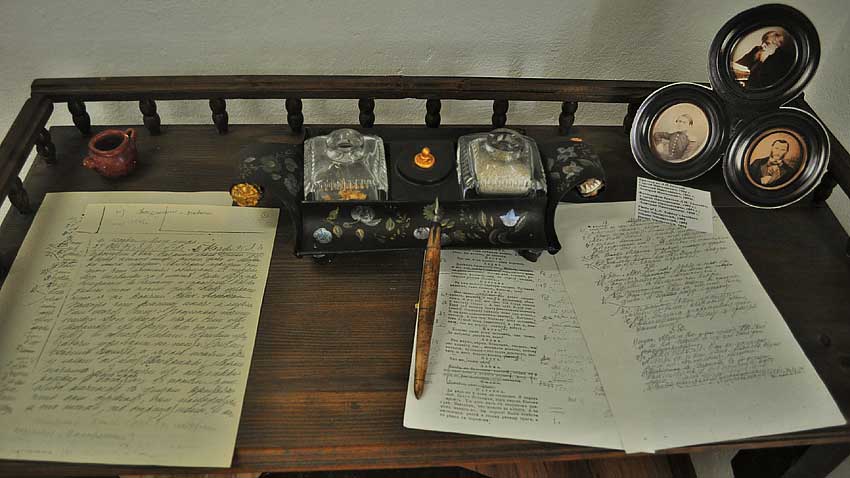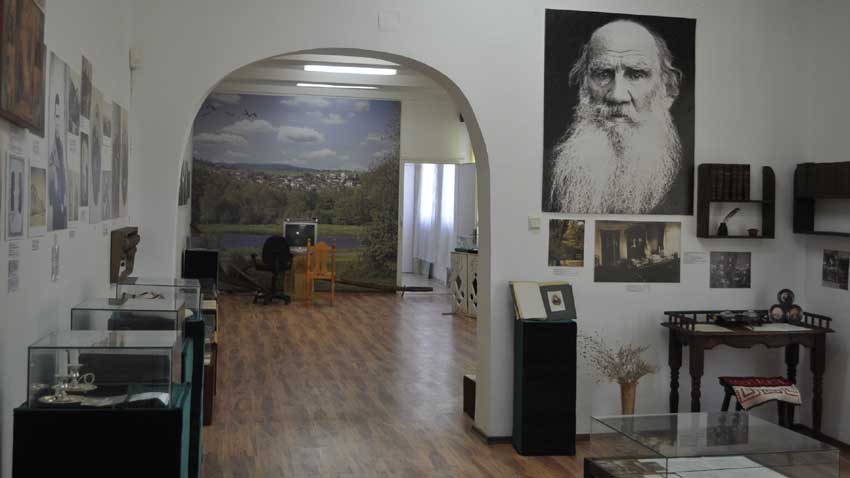
Leo Tolstoy’s estate Yasna Polyana, where he wrote his brilliant War and Peace and Anna Karenina is famous throughout the world with thousands of tourists visiting it every year. However, few know that Bulgaria has its own Yasna Polyana. The name of the Bulgarian village is connected with the Tolstoyans in this country and with a museum collection dedicated to the commune they founded there.

A group of men, dressed in dark suits came to the village of Alan Kayryak in Mount Strandja in 1906 insisting to see the mayor. Their request was to settle in the village and live a life following Tolstoy’s principles – universal love, equality, a free life, non-violence and other views, at the time regarded as heretical. There is a simple reason for these gentlemen’s yearning to leave behind worldly temptation and turn to life’s little joys and a direct communion with God. At the turn of the 20th century Tolstoy was one of the most popular authors in Bulgaria and his philosophy, which got him excommunicated by the Christian Orthodox church, was spreading among intellectuals in this country like wildfire. It is even said that Bulgaria had the largest number of Tolstoyans after Russia. However, Tolstoy’s followers were frowned upon. But this didn’t stop the mayor of the nondescript little mountain village from ignoring public opinion and welcoming the six young intellectuals and even giving them a house and land to work. That was the beginning of the Tolstoyan commune in Yasna Polyana village that survived a mere two years but left a deep imprint.

The members of this all-male community were highly educated and came from all corners of Bulgaria. Their leader Hristo Dossev from Stara Zagora graduated medicine in Lausanne, Switzerland and like his associates, was devoted body and soul to the works and the philosophy of Leo Tolstoy. These refined gentlemen lived a quiet and humble life, tilled the land they had been given themselves and, from time to time, organized literary readings, for purely educational purposes, among the far less educated locals. But their principal occupation was to popularize Tolstoy’s work. That was how on the first day of 1907, the first issue of Vuzrazhdane (Revival) magazine came out.
“In these two years they constructed their own printing press,” says Denka Todorova, secretary of the culture community club in Yasna Polyana. “They used it to publish the first issue of Vuzrazhdane magazine which they sent to Tolstoy himself. The writer was deeply impressed that here, in Bulgaria his ideas of non-violence and peace were accepted, unlike in his own country where they were subject to scathing criticism and publishers refused to publish his articles. The Russian writer sent his followers in Bulgaria 11 of his unpublished articles and they appeared for the first time from the printing press in Yasna Polyana village. One of them is his emblematic article against the death penalty I cannot be silent.”

The Russian and the Bulgarian Yasna Polyana were in constant contact. Each issue of Vuzrazhdane was sent to Tolstoy of which he exclaimed: “This is the only magazine in the world freely professing my ideas!” Hristo Dossev himself visited the estate of the Russian writer on several occasions and the two became friends. Meanwhile, public opinion in Bulgaria was increasingly turning against Tolstoy’s followers. They were imputed all kinds of sins, including preaching a new Bogomilism that was said to inevitably lead to the downfall of the Bulgarian kingdom. Thus, in October 1908 the members of the commune were forced to leave the village. However they continued to popularize the teaching of their spiritual leader abroad. Hristo Dossev went to Russia where he married the daughter of one of Tolstoy’s closest friends and founded a new Tolstoyan commune in a Russian village. The Bulgarian Tolstoyans are also reputed to be connected with the mystery of the writer’s death. In 1910, the elderly Leo Tolstoy determined to shed the shackles of family and social convention. One cold October night he secretly left his estate and took to the road. His biographers say he wanted to board a ship bound for Odessa and from there – for Bulgaria where he was awaited by his followers. Meanwhile he was taken ill and died on November 7, 1910.

The museum collection on display at the culture community club in Yasna Polyana, comprising the fullest collection of Tolstoyan literature, as well as photographs and 3-D scenes from the life of the writer and of his family, is dedicated to the Tolstoyans and their commune in the Bulgarian village. The exhibits feature a quill pen made of apple tree wood from Leo Tolstoy’s own garden. To this day people in the Bulgarian Yasna Polyana talk of the young Tolstoyans who changed the face of the village with respect and admiration.
English version: Milena DaynovaExactly a year ago, the Bulgarian Orthodox Church established a new holiday in the church calendar - the Glorification of the holy relics of Saint Euthymius, Patriarch of T a rnovo . According to church sources, the last..
They call Nikopol “the town of ages” because its history goes back thousands of years. It was founded as a settlement in the year 169 during the reign of Roman Emperor Marcus Aurelius. In 629, theByzantine Emperor renamed the town to Nicopolis, meaning..
There are rumours and speculations that some forgeries, so good that they are not inferior to the originals, could be found among the exhibits in the museums, but at the moment a whole series of forgeries can be seen at an exhibition..
105 years ago, on November 27, 1919, a treaty was signed in the Parisian suburb of Neuilly-sur-Seine, officially ending Bulgaria's..

+359 2 9336 661
